16 Lab 16—Field Notes and Observations
Today we will be focusing on collecting data and using that data to communicate science to others. This is a repeat of the exercise you completed the first week of class, but now we will be revisiting this with the benefit of everything you have learned over the course of the semester.
Please read through the procedure and the recommended components for your field notes. When class is concluded today, take these notes home to write up your lab. You will be writing this in a standard lab report format:
What is some background information about this topic. Cite sources for this knowledge.
What scientific question or problem was addressed? This may be posed in the form of a hypothesis.
Why was addressing this problem significant to science and/or society?
What data was obtained during the lab?
This section is for objective data reporting only.
Include high quality images of your field notes in the Results section.
Interpretation of the results. How do they relate to the scientific question?
What conclusions were reached?
What are some possible future scientific research directions on this topic?
FIELD NOTES ACTIVITY
Objective: Through designed exercises, students will be given the opportunity to gain an appreciation of the importance of maintaining thorough, well-organized field notes on every fieldwork outing in order to support data collection for research and publication.
Pencils—writing pencils and colored pencils
Lab Manual
Survey tape, rulers, compasses, protractors, erasers, and any other field gear that’s important for you to collect your data
Walk to field site.
Individually, in pairs, or in groups—student’s choice—select a location at our class’s field site and create a field notebook entry incorporating best practice field notes elements.
Study this field setting and gather as much detail as you can in your field notes. Then when you write your lab report you will be able to construct a story to share your ideas this location. Here are some topics to consider:
▫ Types of rocks present
▫ Tectonic setting of landscape
▫ Erosional history of landscape
Try your hand at incorporating new skills you have learned this semester and applying them to this field study. For instance, you may want to make a map of the area.
RECOMMENDED COMPONENTS OF FIELD NOTES
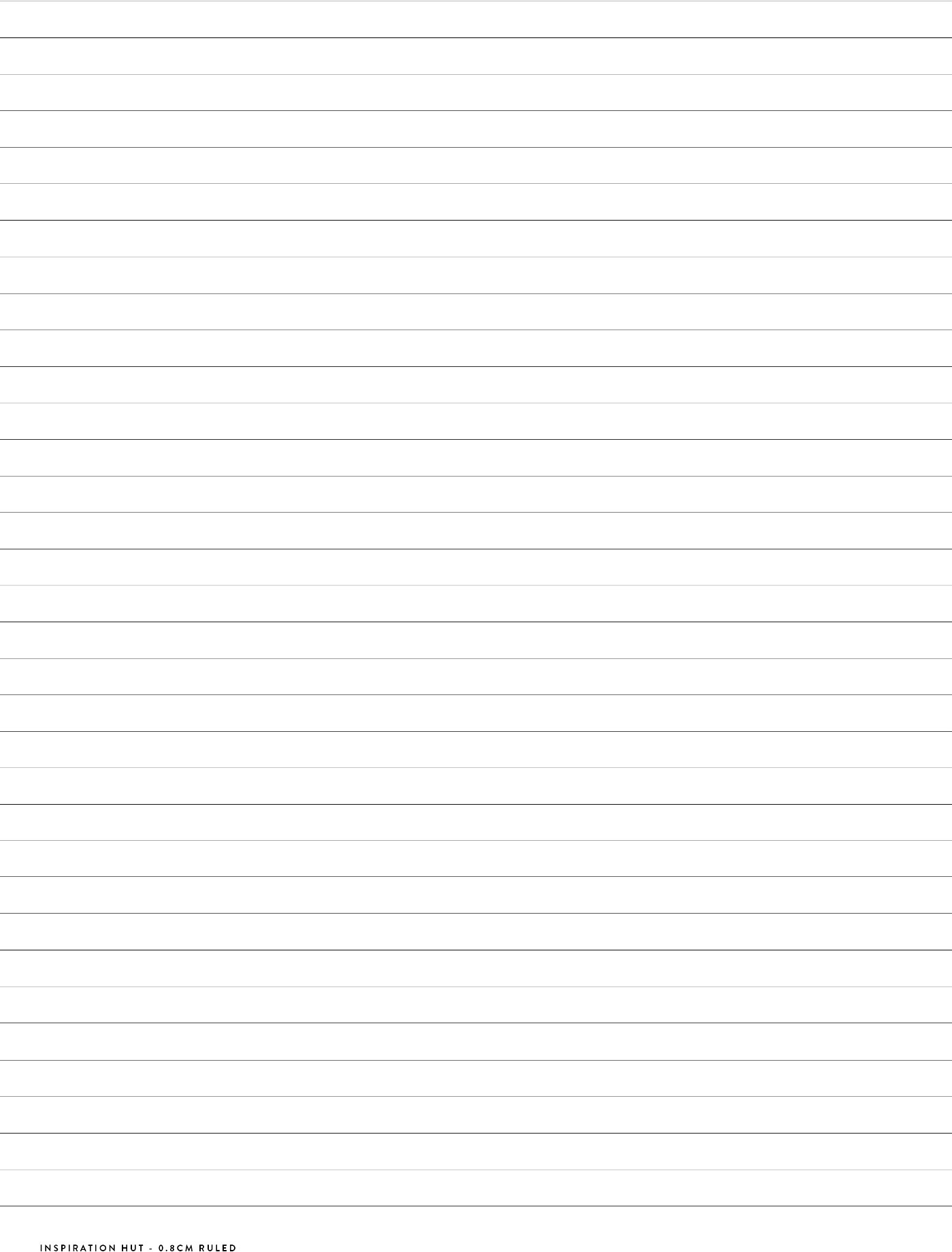
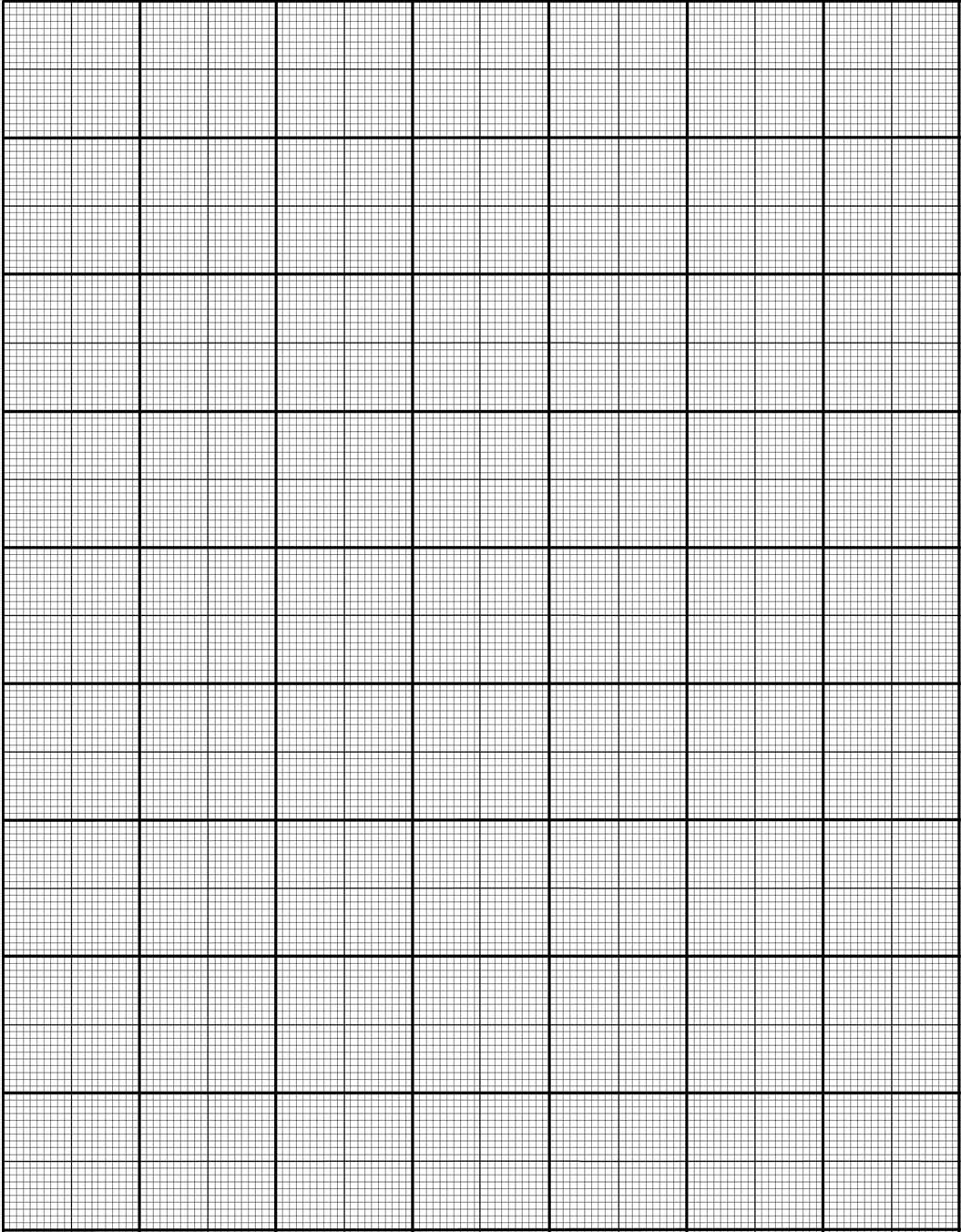
graph paper – Andrew Davidhazy – andpph@rit.edu
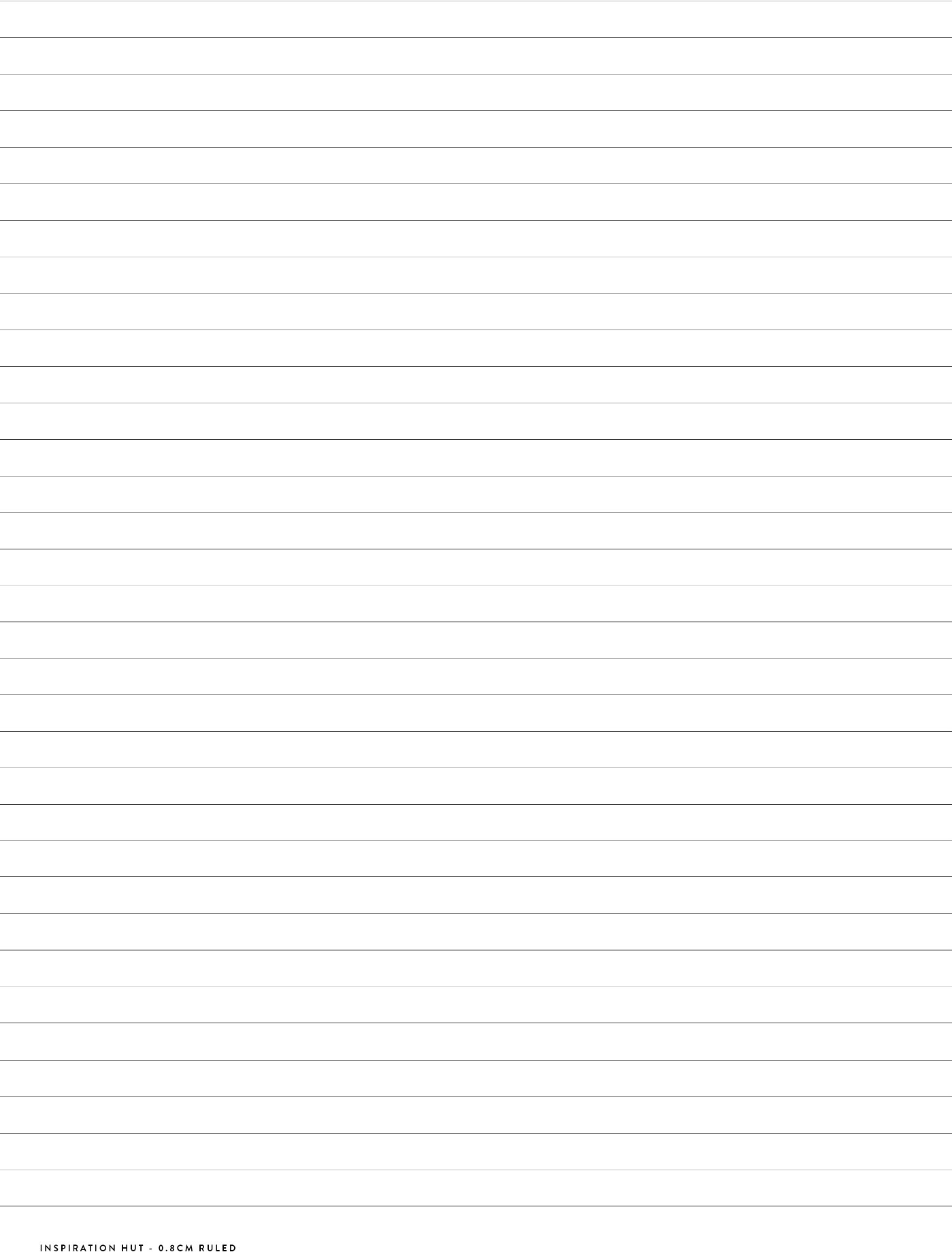
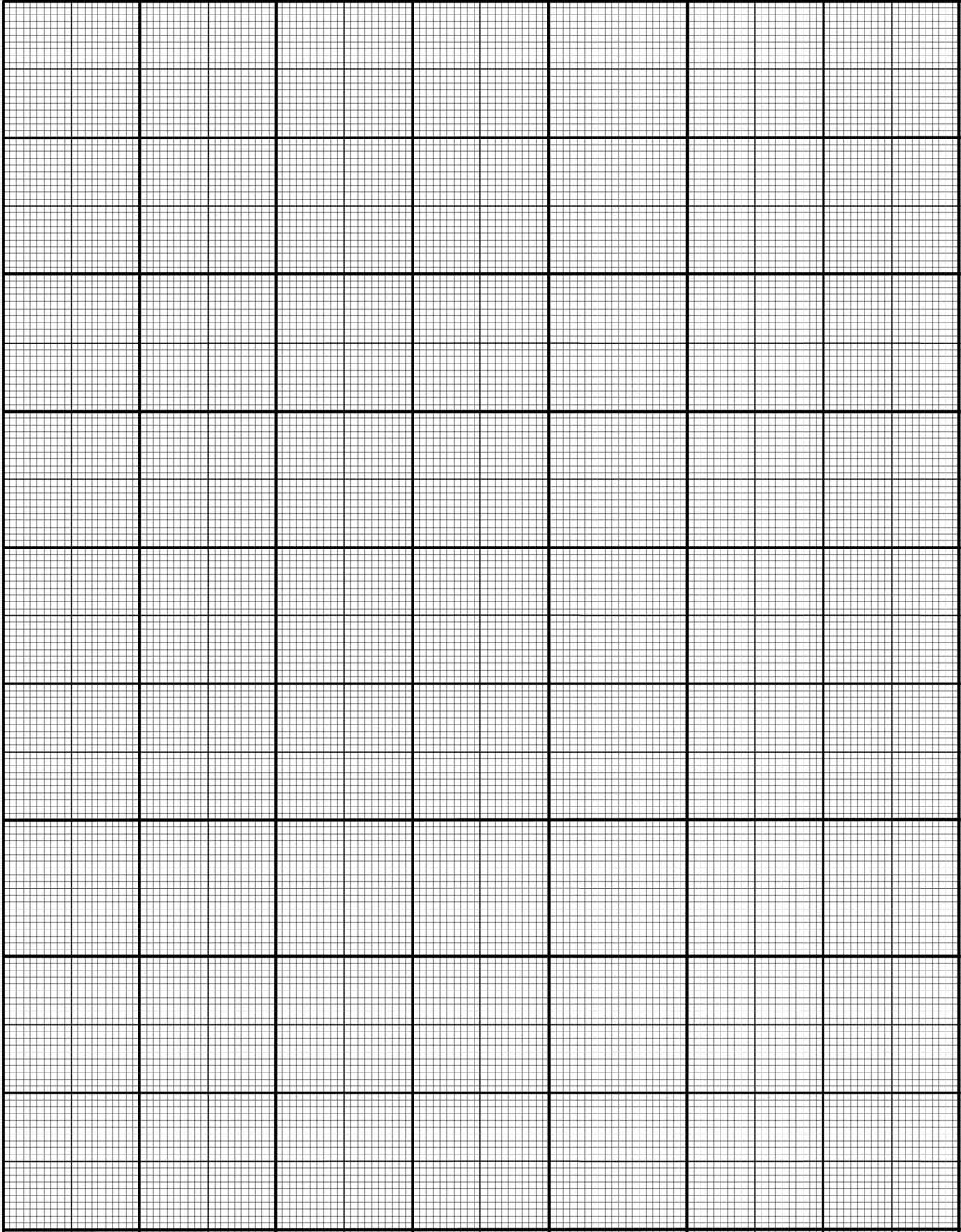
graph paper – Andrew Davidhazy – andpph@rit.edu
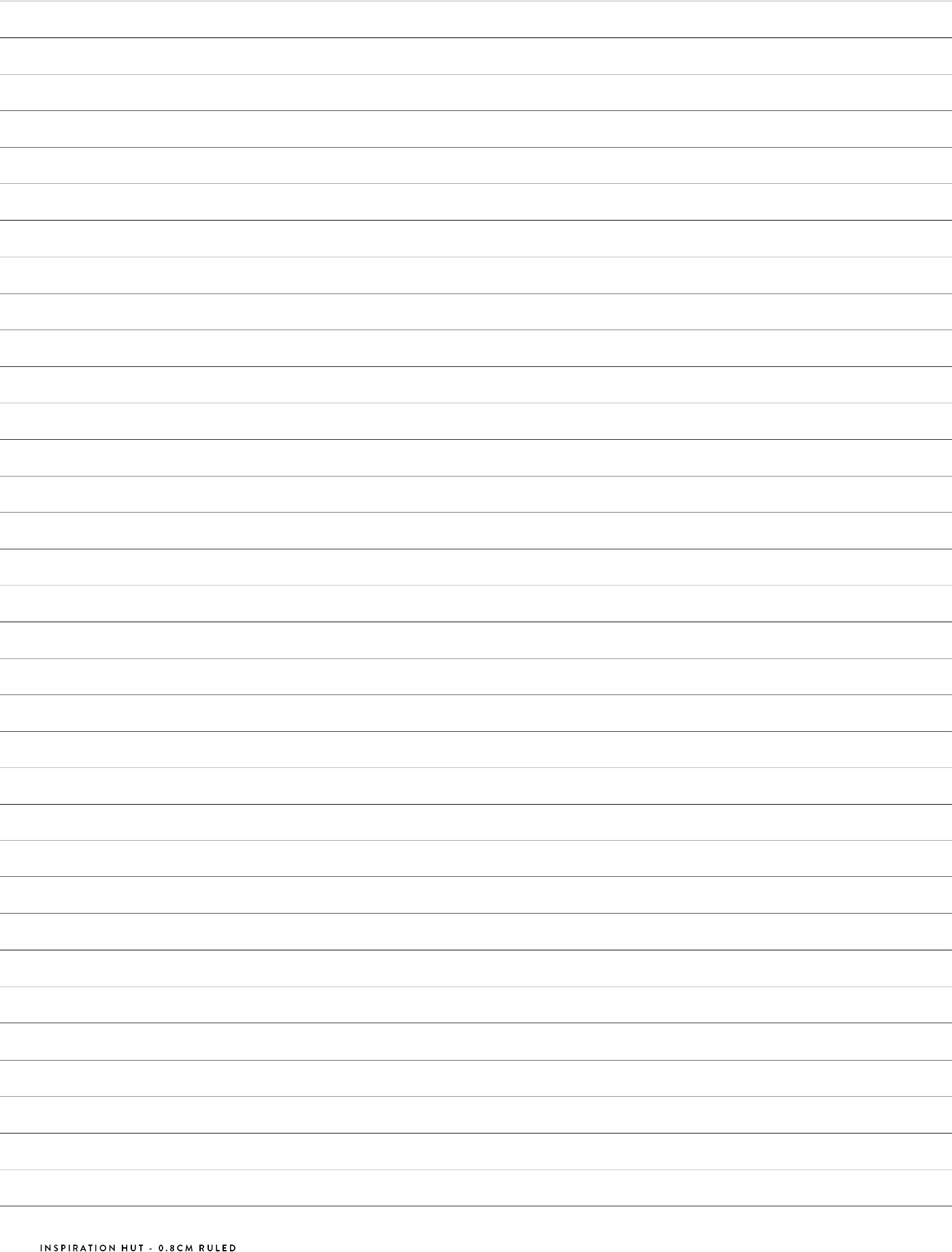
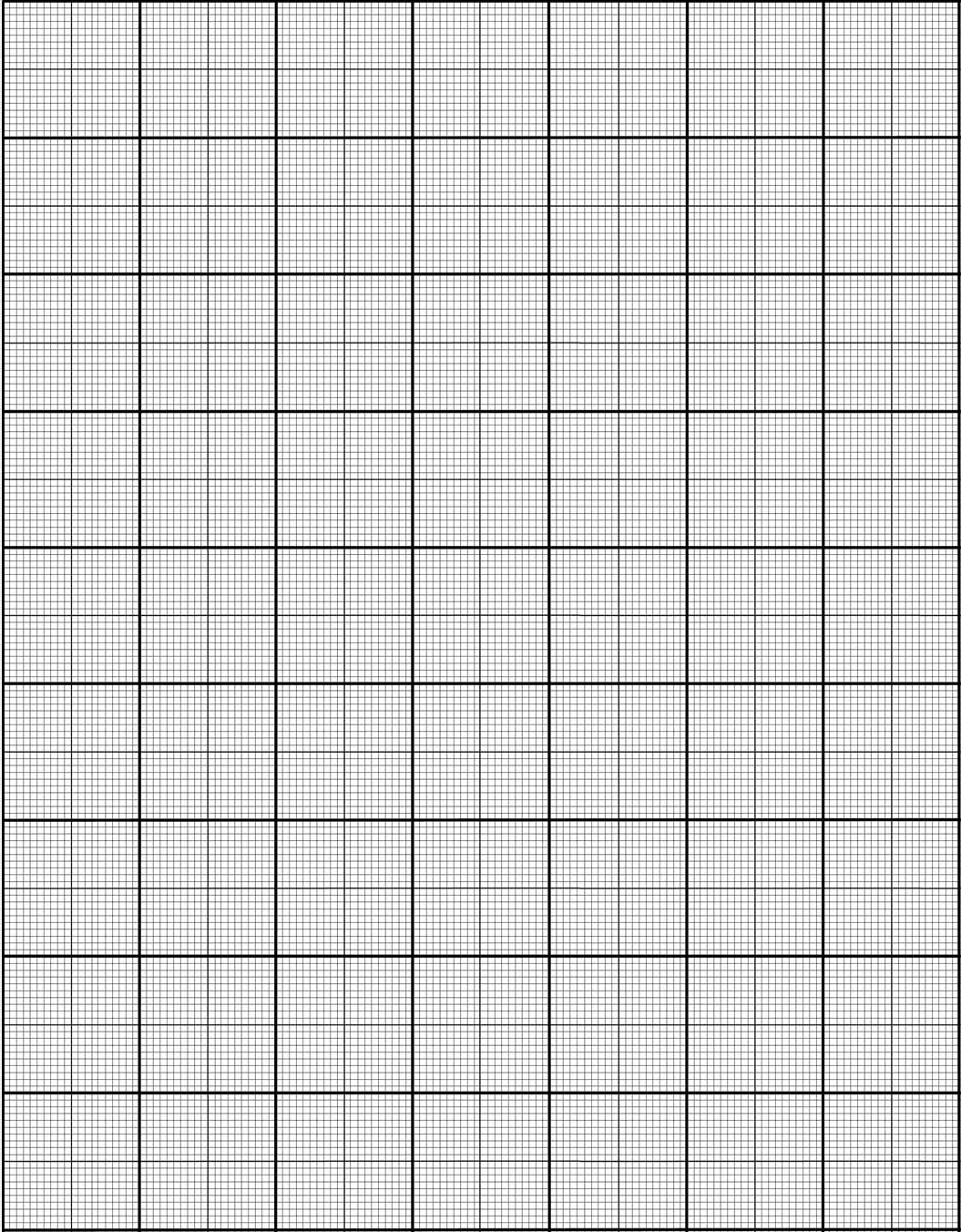
graph paper – Andrew Davidhazy – andpph@rit.edu
To learn more about taking field notes, check out these other great resources:
Grinham, Joshua. How to Set out a Field Notebook. GeoBus St Andrews, 2016a. https://www.youtube.com/watch?v=8bktaGkagnI.
Grinham, Joshua. How to Draw a Field Sketch. GeoBus St Andrews, 2016b. https://www.youtube.com/watch?v=3pkNsDcC61Y.
Markwick, Paul, 2020, “Field sketching in geology: time to think,” http://www.palaeogeography.net/blog/field-sketching-in-geology-time-to-think; last access: 2022-06-23.
Noad, Jon, 2016, “The (Forgotten?) Art of Geological Field Sketches,” https://www.searchanddiscovery.com/documents/2016/41853noad/ndx_noad.pdf; last access: 2022-06-23.
Oxford Cambridge and RSA, 2018, “Geological drawing,” https://www.ocr.org.uk/Images/500028-geology-drawing-skills-handbook.pdf; last access: 2022-06-23.
Williams, Maggie, “Field sketches & how to draw them,” http://pcwww.liv.ac.uk/geo- oer/index_htm_files/Field%20sketches%20&%20how%20to%20draw%20them.pdf; last access: 2022-06-23.
